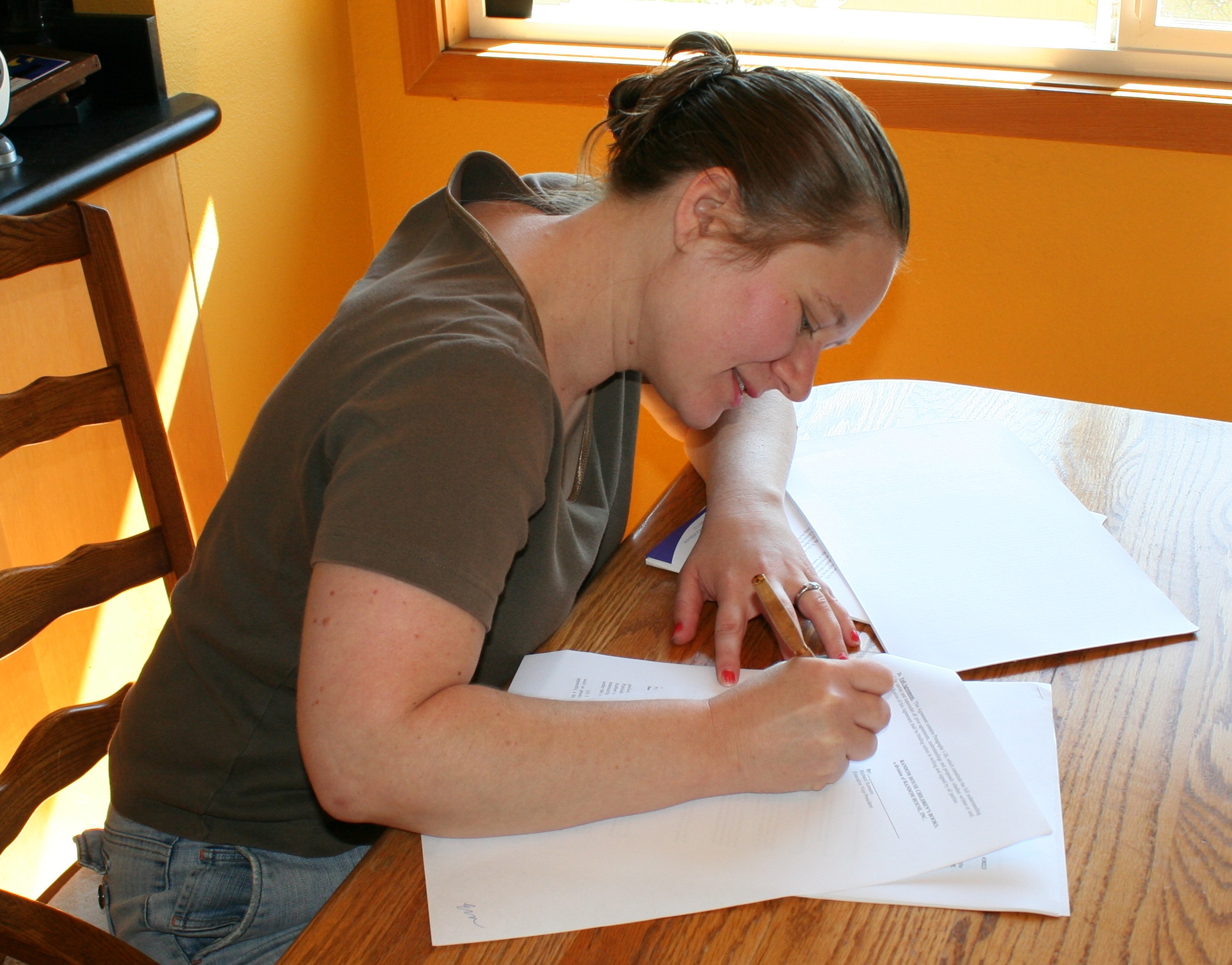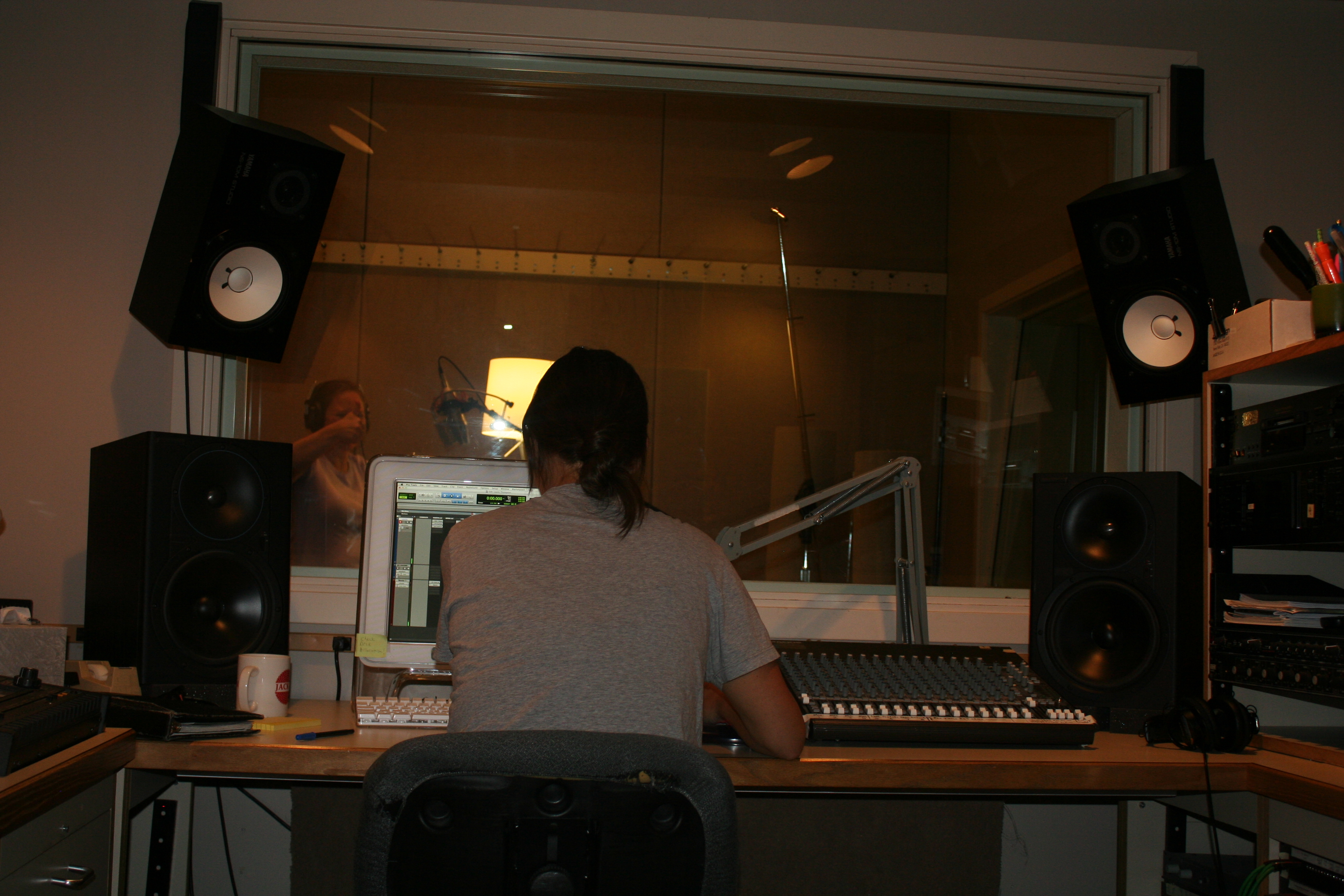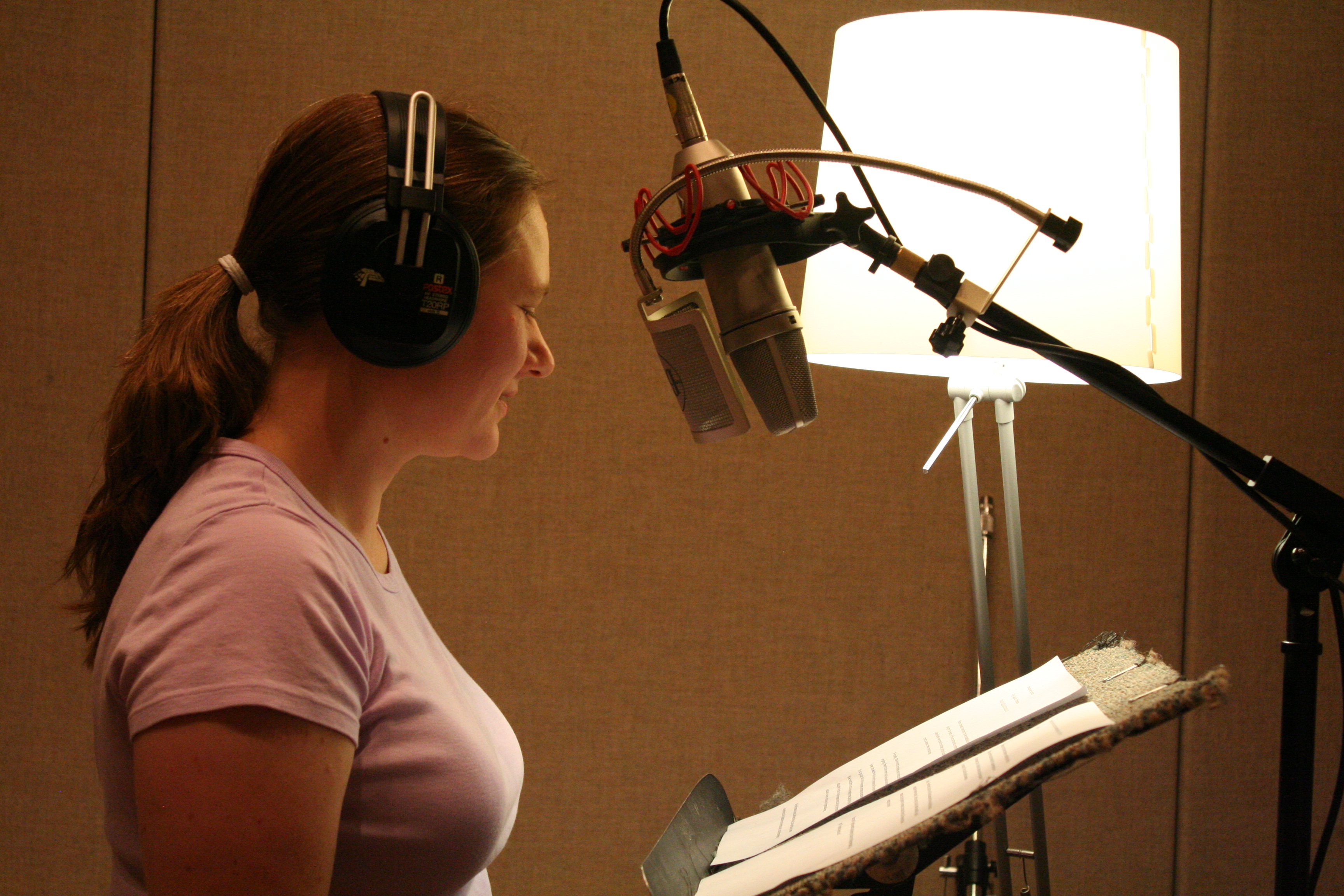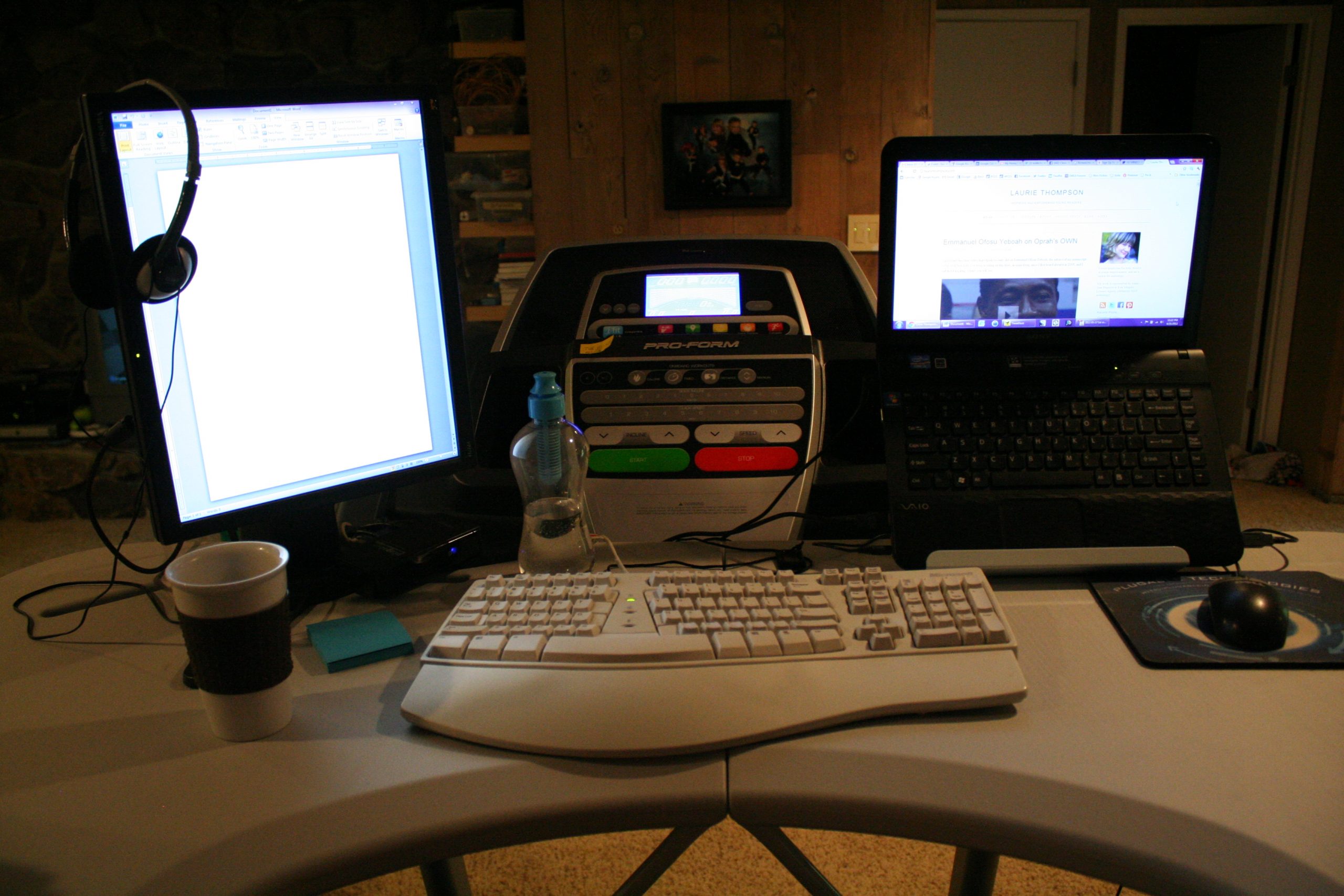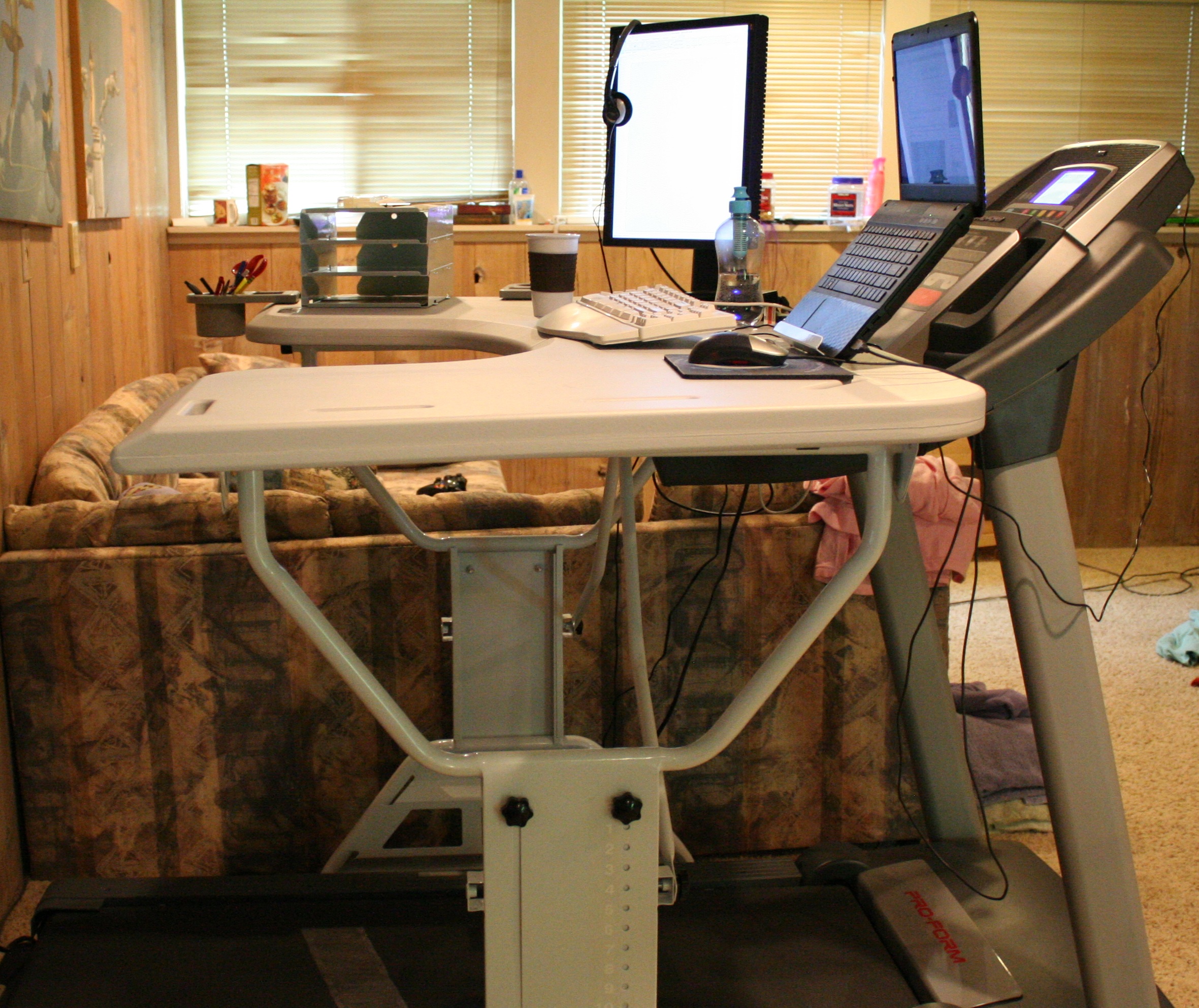Today I’m thrilled to introduce a longtime friend of mine and fellow nonfiction writer, Loralee Leavitt. I first met Loralee many years ago through an online critique group put together by SCBWI Western Washington. We were an assorted mix of beginning writers, writing everything from picture books to novels, both fiction and nonfiction. The group eventually dissolved, but Loralee and I still run into one another from time to time at in-person SCBWI events, and we always enjoy keeping up with one another’s careers. Now, I couldn’t be more excited to help Loralee launch her exciting new book, CANDY EXPERIMENTS!

Andrews McMeel Publishing
January 1, 2013
160 pages
LT: Welcome, Loralee, and congratulations! How did you get started with science experiments using candy? What was your inspiration?
LL: It actually started with my four-year-old daughter, who one day after Halloween asked to put her Nerds in water. The next time she asked, I realized it was a chance to get rid of all the Halloween candy I hadn’t wanted my children to eat. We covered the table in bowls of water and started throwing in candy to see what would happen. Soon we discovered crazy things, like the floating M&M m’s or lollipop sticks that unrolled when they were wet.
LT: How did you get from that initial inspiration to developing the actual experiments in the book?
LL: When we started doing candy experiments, I saw that we could teach real science with them, and drew from my own science background to create experiments. I also asked other experts for ideas, and read books like The Science of Sugar Confectionery, in which I learned things that led to new experiments. Other experiments came straight from what my children were trying: for instance, my son’s attempts to sink a marshmallow by jamming M&Ms into it became one of my density lessons.
LT: How much time did you spend researching overall, and how long did it take to write the book?
LL: I spent about two years developing and researching experiments and writing rough drafts. (This was an on-and-off process, since I was also very busy raising children.) After I found my publisher, I had about five more months to finish writing and researching, check my science, and take photos.
LT: The design of the book, the photos and layout, is gorgeous. Did you supply the photos, too? Can you tell us about that process?
LL: After the publisher saw the photos I’d taken for my website and magazine articles, they decided I’d be able to provide photos for the book. Luckily my husband is an excellent photographer, and was able both to take some photos and teach me what I needed to know. I’m also grateful to a friend of mine who brought a professional photographer to my home to give me some tips, such as using a roll of white paper to create a smooth background.
LL: To take most of the photos, I set everything up on my kitchen table by a north-facing window, and set the camera on a tripod so I could take long exposures for good lighting. Other photos were more challenging, like microwaving a marshmallow on a paper background and opening the microwave fast enough to snap a photo before the marshmallow collapsed. I assigned one of the hardest photos to my parents: a series of pictures of a Mentos/Diet Coke geyser, which they took in a floodit backyard one dark summer night.
LT: Fun! During your research, did anything surprise you, catch you off guard, or make you change your planned course for the book?
LL: The book is full of experiments that surprised us, many of them coming from things we tried that had crazy results. I had no idea when I put gummi worms in water that they’d absorb enough water to double in length, or that opaque Smarties would melt into clear puddles, or that conversation hearts would bob up and down in soda.
LT: What was the hardest part of the research and/or writing for you? How did you deal with that?
LL: One of the hardest parts was finding answers to really weird questions. For instance, I asked several experts why, when I dropped M&M’s into water and they dissolved, the resulting pools of color didn’t mix together on their own. At last I found a similar experiment on the ACS website and contacted them to see if they could provide me with a good explanation. And they did.
LT: What kind of reader do you think CANDY EXPERIMENTS will appeal to?
LL: I targeted the book at 7- to 10-year-olds, but older and younger people should enjoy it as well. Even adults love learning that the m’s from M&Ms float in water.
LT: I think every book teaches us something new: about the world, about ourselves, or about the craft of writing. What have you learned as a result of writing this book? What surprised you the most during the process?
LL: I loved learning about the ingredients and science of candy. For instance, I learned that taffy pulling is what makes taffy soft by incorporating air bubbles–without the air bubbles, the taffy would be as hard as lollipops.
LL: I also had to think hard about what made these experiments so interesting to me, and try to share my amazement with my readers.
LT: I love that answer! I’ve found that focusing on what makes the subject so interesting to me is the key to my successful nonfiction writing as well. And it’s not nearly as easy to do as it sounds! Are there any other tips you would like to share with aspiring children’s book writers, especially those writing nonfiction for kids?
LL: Write about what you love. For me, writing about the science of candy captured my sense of childlike discovery/explored things I’d loved since I was a child: science, writing, candy, and family. I was excited to share my discoveries with others. Also, I spent so much time on this book that I couldn’t have stuck with it if I wasn’t really interested.
LT: That’s definitely good advice. What are you working on now?
LL: Right now, I’m mostly working on publicity for my book, arranging reviews, guest blog posts, and book signings. I’m finishing up an ebook about car trips for Familius.com, since everybody always asks me how we manage our kids on long driving trips. I’m collecting more candy ideas in case I get the opportunity to do another book, and I have a historical novel that I’d like to polish up and submit.
LT: Good luck with those! What would you most like people to know about you?
LL: When I became a mother, I worried that I’d have to put my writing aside. Little did I know that my kids would lead me to my big break! I’m so thankful for the way that my family, my love for science, and my love of writing have combined to make this project a success.
LT: It is a great story, and a good reminder to just go with the flow sometimes. Thanks so much for stopping by, Loralee, and much success with your fantastic new book!
Loralee Leavitt destroys candy for the sake of science at www.candyexperiments.com. Her new book, CANDY EXPERIMENTS, contains dozens of amazing experiments including creating giant gummi worms, turning M&Ms into comets, and growing candy crystals.



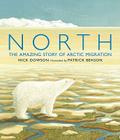
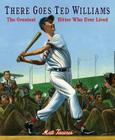
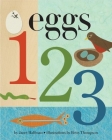
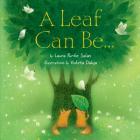

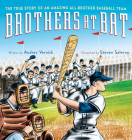

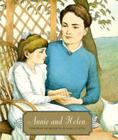
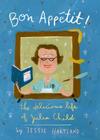
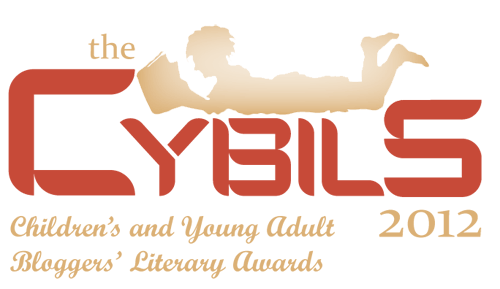
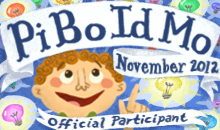


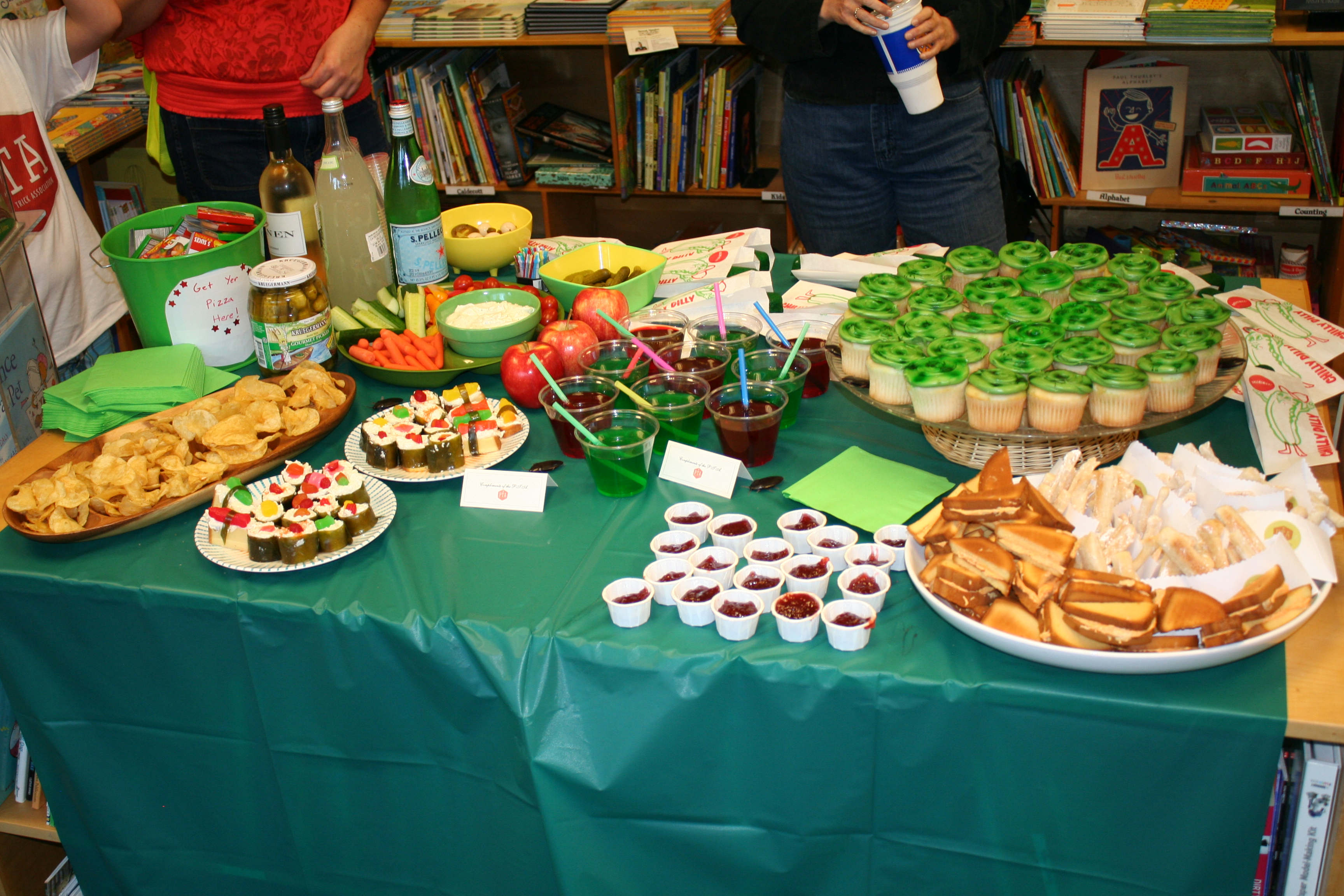
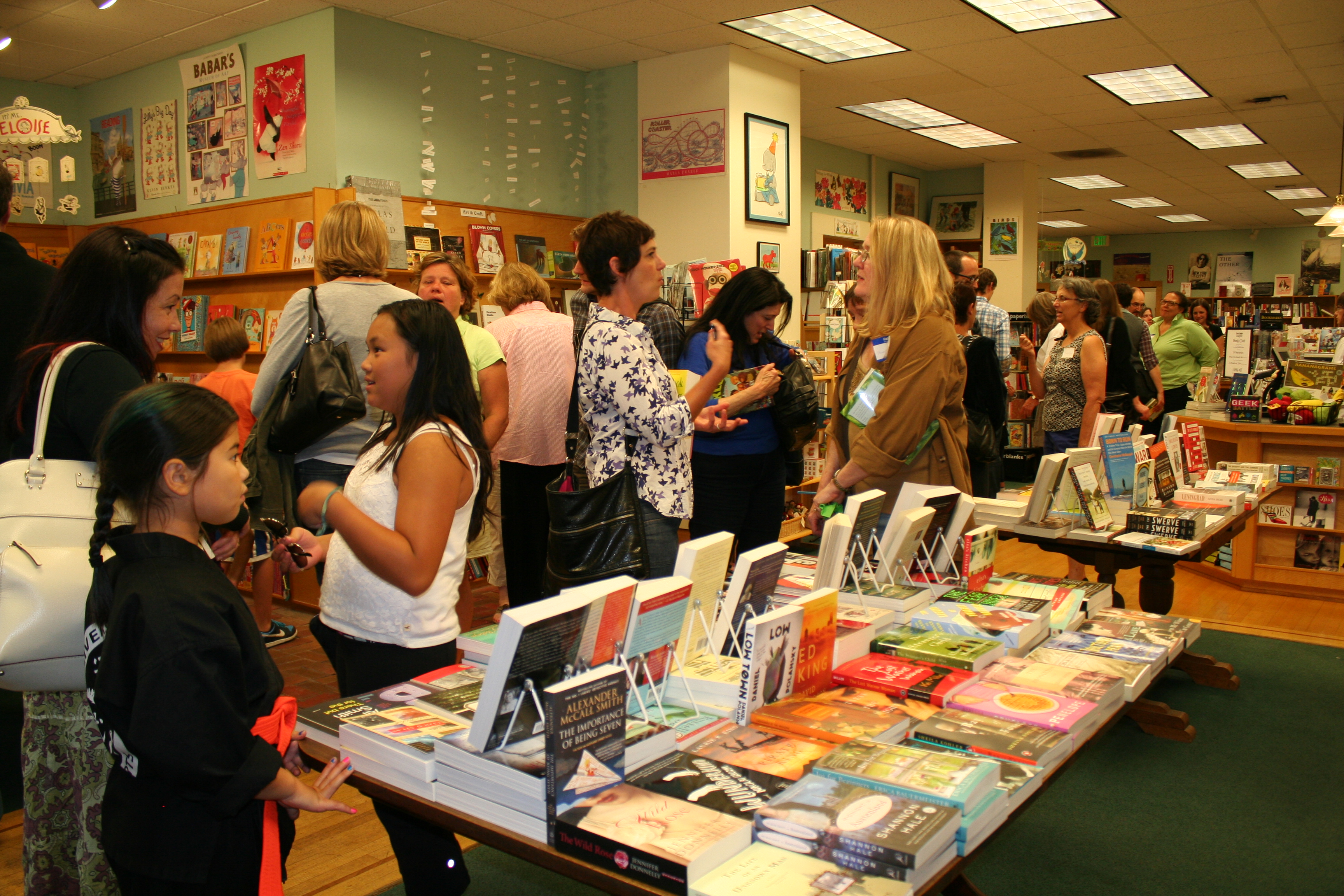
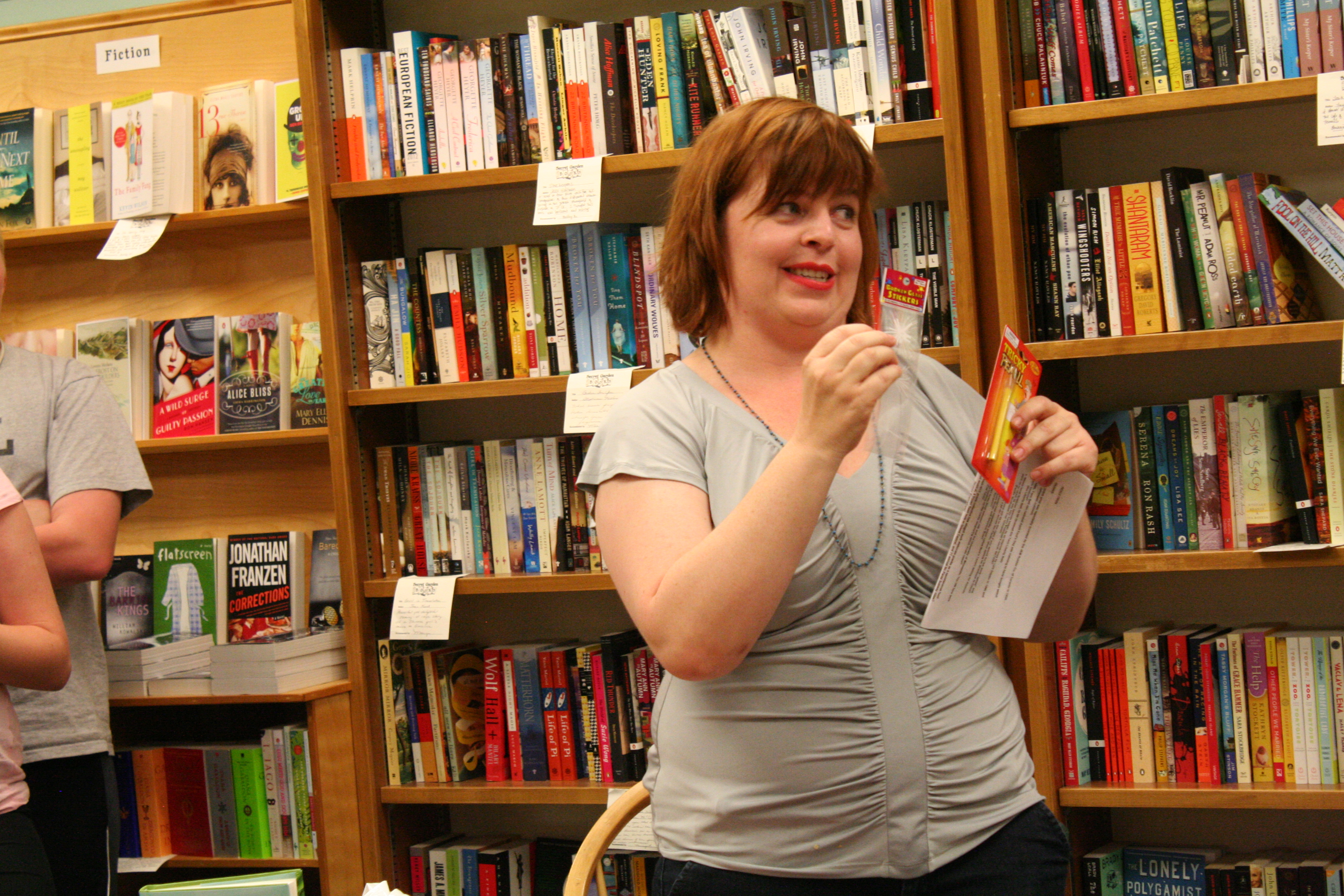
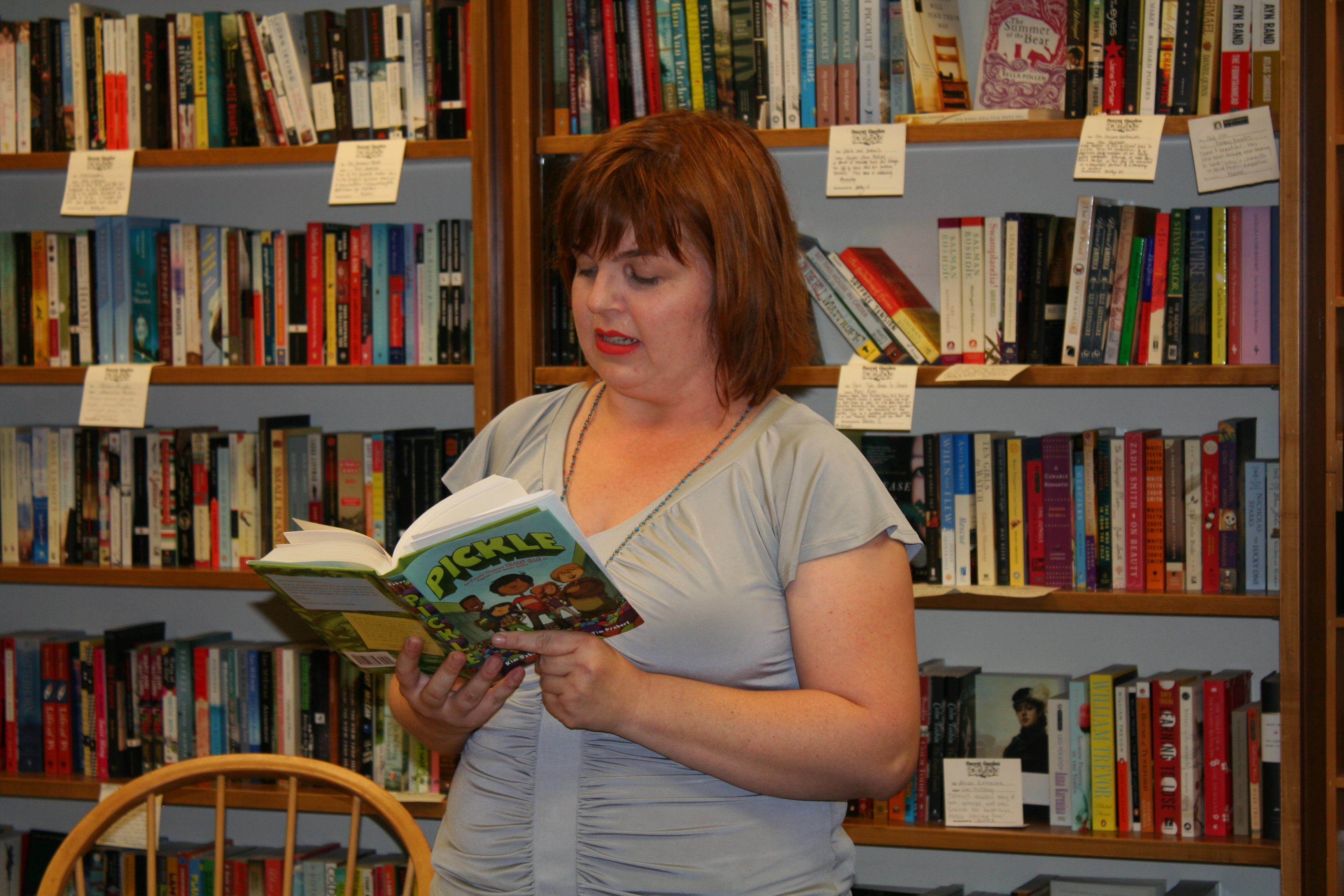
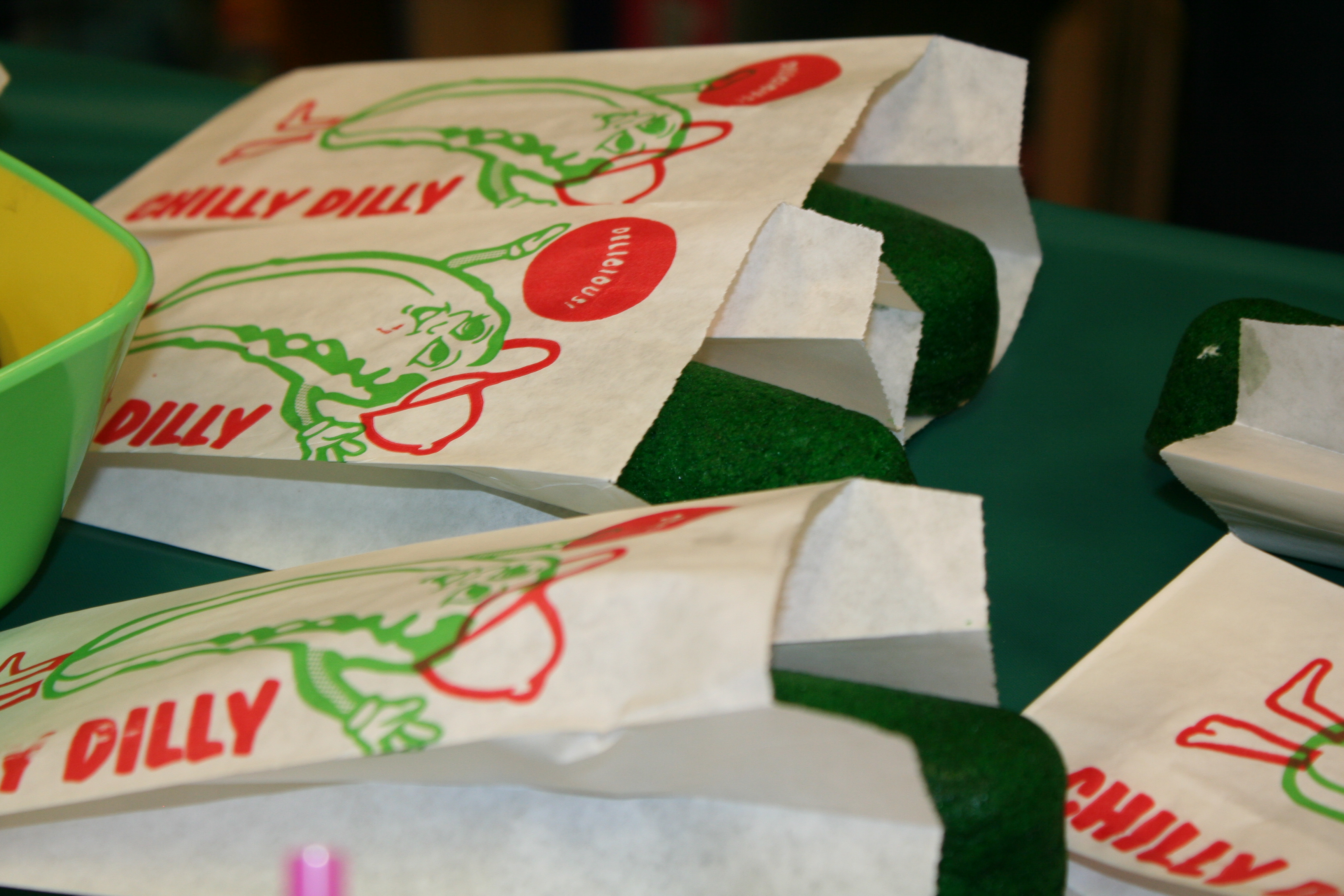
 Shop Indie Bookstores
Shop Indie Bookstores